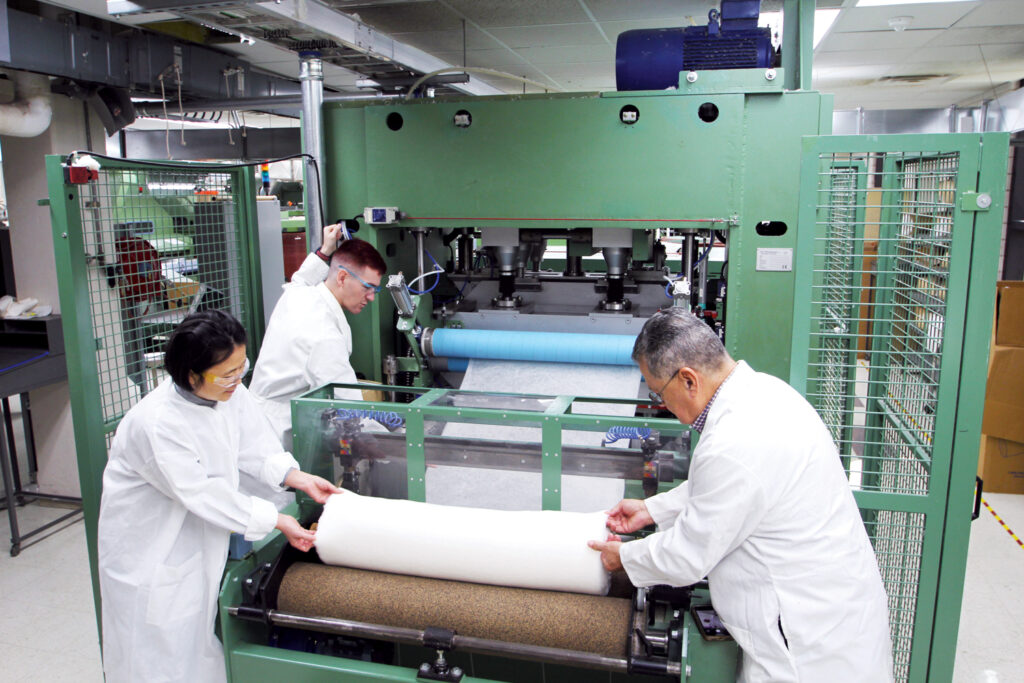
U.S. Department of Agriculture’s (USDA) Agricultural Research Service (ARS) researchers have developed machine-washable cotton antimicrobial wipes that can be used at least 30 times for cleaning hard surfaces.
The nonwoven wipes begin with raw cotton. When put in a silver solution, the material naturally produces silver nanoparticles inside the fibers through the oxidation of the cotton’s non-cellulose components. The silver particles create the wipes’ antimicrobial properties, and the particles being embedded in the fiber makes the wipe reusable.
In the researchers’ trials, the wipes killed 99.9% of Staphylococcus aureus (aka staph) and Pseudomonas aeruginosa, bacteria that can cause serious blood infections or pneumonia.
“The wipes regenerate their antimicrobial surface every time they are wet or washed because the embedded nanoparticles act as a reservoir of silver ions,” says Sunghyun Nam, research engineer at ARS’s Cotton Chemistry and Utilization Research Unit in New Orleans, La.
The benefits of reusable wipes go beyond potentially reducing landfill waste, though that is a significant one; the process also omits the scouring and bleaching pretreatments of the cotton, which consume a large number of chemicals and amount of energy. The silver ions being embedded in the cotton fibers—rather than the fibers just being a carrier substance—also minimize nanoparticles leaching into the environment.
The research was published in the journal Molecules.
 TEXTILES.ORG
TEXTILES.ORG


